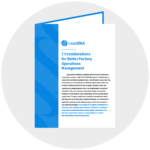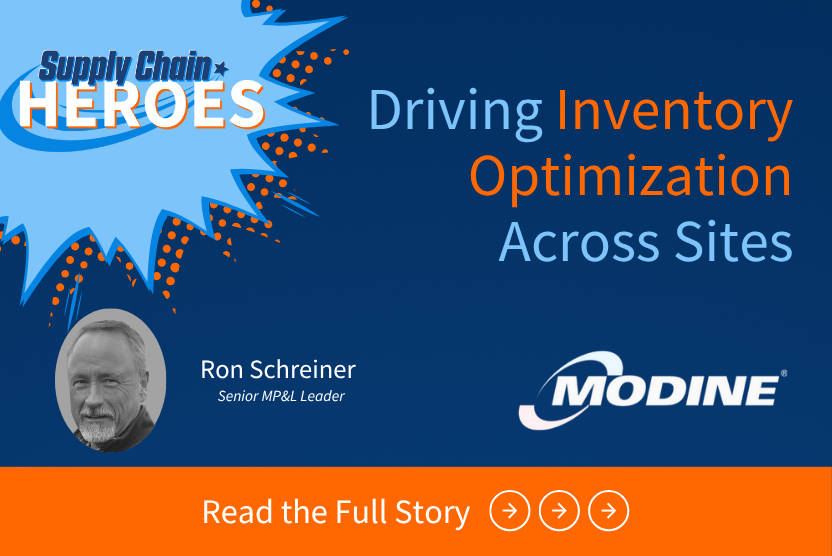No manufacturer uses just one tool. Today’s factory operations and procurement teams use a slew of technological tools to analyze the inventory data stored in their ERP systems, guide their daily actions, and navigate the increasingly common global supply chain disruptions. In order to bring their teams out of manual processes and spreadsheets, many companies build their own solutions in-house in order to define and control how they categorize and analyze their data. But is it better to build or buy?
While homegrown solutions can provide valuable data insights, in this blog we will discuss a couple of the common pain points and pitfalls of building tools from scratch instead of buying a solution made and maintained by industry experts.
Pain points of building homegrown solutions:
Time to build
Spreadsheets and other manual reporting methods are commonplace in manufacturing, so it often seems like it would be easy to automate that reporting in a homegrown tool when considering build vs buy. However, building a data housing and analysis solution from scratch is no small feat. It requires a great deal of manpower and time to bring the solution to life, eating up weeks, months, and sometimes even years of the IT team’s time and resources. From deciding how exactly the infrastructure will be constructed to how data will be inputted and how the analysis of the data will be run, it involved a substantial amount of buy-in and approval from the other teams and decision makers.
Time and cost to maintain
Once the solution has been built and implemented with the various teams who will be accessing the data, the time and cost of regular maintenance is significant. After the solution has been finalized, the IT team will have to attribute a large part of their working hours to keeping the solution up and running and making improvements. For every ERP or planning system that’s implemented, expensive IT resources are required to develop a way to extract the necessary data, manipulate it and normalize the data across systems, and continuously maintain these integrations, all at a high recurring cost. Many times basic maintenance and upkeep is all the IT team can handle in a given work week, leaving no time for enhancements or improvements.
Benefits of buying:
Continuous improvements and upgrades
One of the most significant benefits of implementing an outside solution is that they have entire teams dedicated to making continuous improvements, enhancements, and feature upgrades. On top of that, improvements to the solution are informed by feedback from all the customers using the product, meaning an upgrade requested by one customer benefits another. These solutions often roll out regular, even weekly, enhancements and updates, something that’s typically not possible with a homegrown solution.
Frees up IT team’s time and resources
A solution that is constantly being improved upon with feedback and insights from other industry leaders gives time back to the IT teams that are otherwise bogged down by general maintenance. It also frees up the financial resources that would have otherwise been sunk into the creation and maintenance of the internally constructed tool. Now that team will have the time, energy, and financial resources to focus on other critical and more strategic projects to support the company.
This just scratches the surface of what to think of when IT teams are determining build vs buy.
This is also why investing in a tool made for and by manufacturing and supply chain experts is vital to build a more resilient supply chain and empower teams in their daily work. In today’s economy, having visibility into real-time inventory data and clearly defined work processes is crucial for manufacturers to set themselves apart from the rest and successfully navigate shortages, optimize their inventory, and deliver on-time to customers. It all starts with investing in the right technology right now.
WANT TO SEE HOW YOU CAN EMPOWER YOUR EXISTING TOOLS WITH COMPLEMENTARY TECHNOLOGY?
Check out our guide, “7 Considerations for Better Factory Management.”








